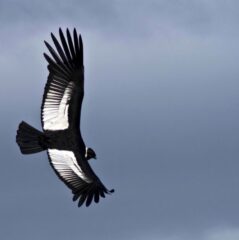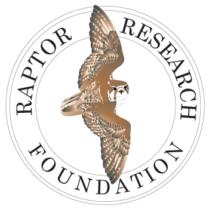Wings to Fly Travel Award
“Wings to Fly” Travel Awards
THE AWARD: The “Wings to Fly” grant supports travel from outside the U.S. and Canada for four to five raptor researchers or conservationists to present a paper or poster at our annual meeting.
Each grant will include support for airfare, visa fees, and food and lodging, as well as waived conference registration fees and a one-year membership to RRF.

AMOUNT: The amount of the grant will depend on travel costs from the recipient’s home country. The maximum award will be $2,500.
Number of grants issued per year: Up to 5
TO APPLY: Submit online:
• Title and abstract to be presented at the RRF meeting (maximum 300 words). If relevant, explain your detailed Material and Methods (maximum 300 words).
• List any degrees obtained and in progress.
• List any species of raptors you are working with and what aspect of raptor conservation have you been working on – research, monitoring, applied
conservation, education advocacy?
• List any scientific papers you have been involved with.
• Please provide a short motivational essay: How will attending this year RRF conference contribute to your professional development and raptor
conservation work in your home country (maximum 300 words)
• Students, please provide the names and emails of two references.
• Estimated travel cost to the conference location.
DEADLINE: To provide time for recipients to arrange visas and travel plans, the deadline for applications will be March 31. Decisions on the winners of the awards will be made within two weeks of the deadline for applications. If a visa cannot be obtained in time to attend the conference, the award will be deferred to the following year’s meeting.
Application Method: Apply online through 31 March. Please contact awards@raptorresearchfoundation.org with questions about your application. The online application opens in January each year.
